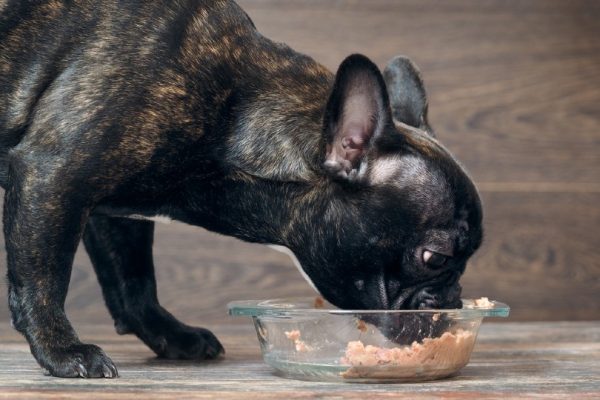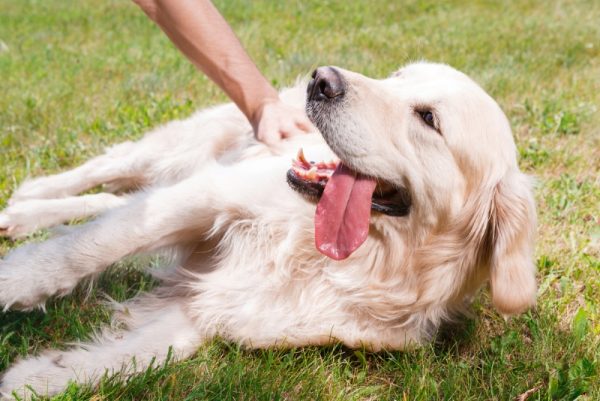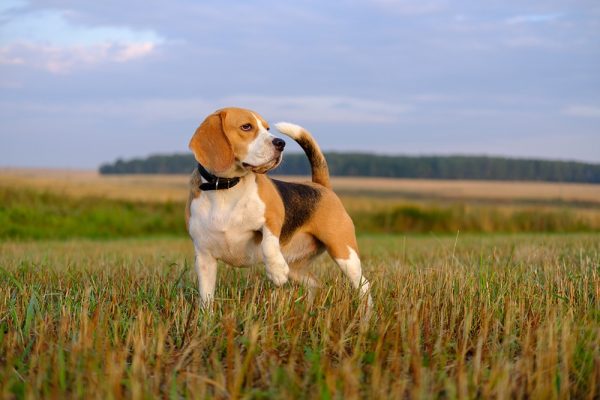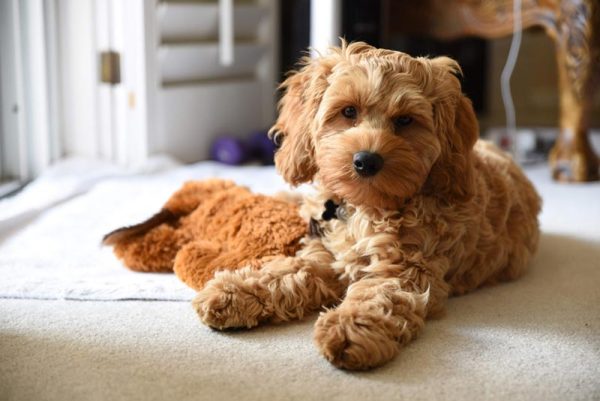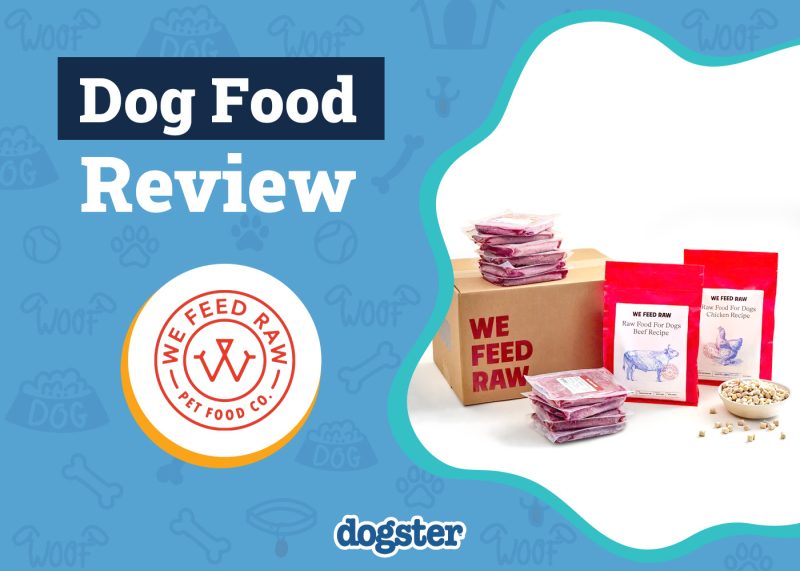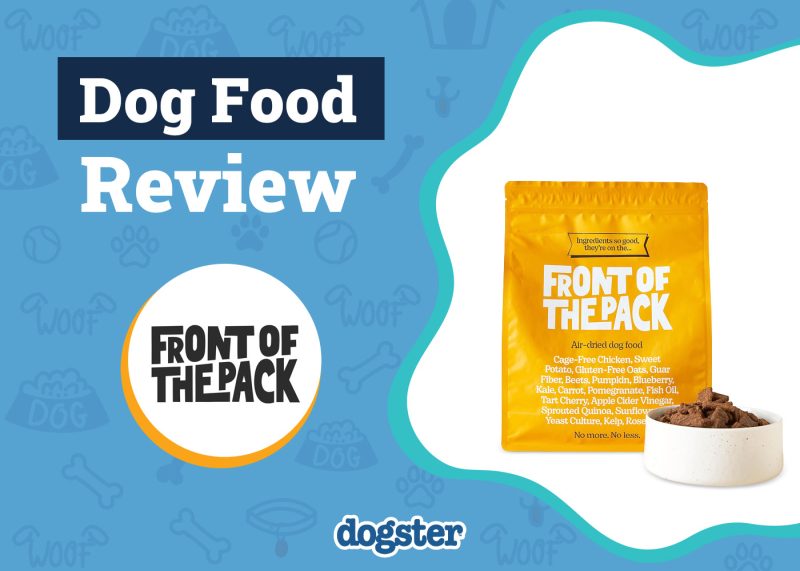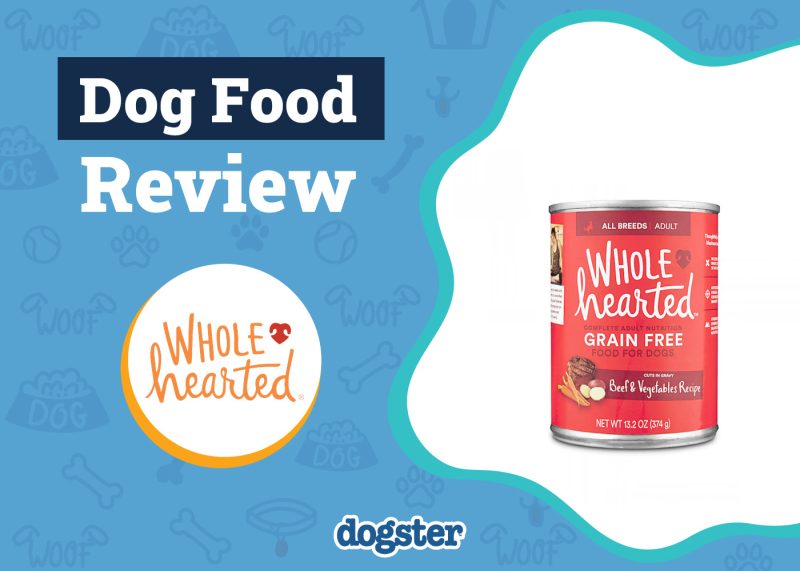In this article
View 3 More +Hound breeds are well-loved for their keen noses and tenacity when it comes to helping their human companions during hunts. However, many breeds that were originally intended to aid hunters have since become fond companions for many dog lovers in the U.S.A. Two of the most popular hound breeds are the Dachshund and the Basset Hound.
Although these two breeds are similar in appearance, temperament, and history, they have many differences. The Dachshund is smaller and more energetic, and the Basset Hound is naturally more laidback and affectionate. Both breeds were favorites of the aristocracy before they became beloved companion dogs.
The Dachshund and Basset Hound originated in Germany and France, respectively. Their long bodies and short legs made them perfect for diving into animal burrows to hunt down small game. To introduce you to these breeds, this guide compares their similarities and differences.

Visual Differences

At a Glance
- Average height (adult): 8–9 inches (Standard); 5–6 inches (Miniature)
- Average weight (adult): 16–32 pounds (Standard); Up to 11 pounds (Miniature)
- Lifespan: 12–16 years
- Exercise: 1 hour a day
- Grooming needs: Moderate, varies depending on coat type
- Family-friendly: Yes
- Other pet-friendly: May chase smaller pets but are okay with other dogs and cats that they grow up with
- Trainability: Intelligent but can be independent and stubborn
- Average height (adult): Up to 15 inches
- Average weight (adult): 40–65 pounds
- Lifespan: 12–13 years
- Exercise: 30–60 minutes a day
- Grooming needs: Moderate
- Family-friendly: Yes
- Other pet-friendly: Yes, but might chase smaller animals
- Trainability: Eager to please but can be stubborn

Dachshund Overview
First developed during the 18th and 19th centuries in Germany, the Dachshund was originally intended to hunt badgers, foxes, rabbits, and other small game animals. They were a favorite breed among the aristocracy during the 1800s, including Queen Victoria. Although Dachshunds are still used during hunts in parts of Europe, the breed is mainly a dedicated companion dog for both experienced and new dog owners in the U.S.A. and U.K.
While they lost favor during both World Wars due to their German roots, the Dachshund has since regained their popularity. They come in two varieties — Miniature and Standard — and three coat types: wire-haired, smooth-haired, and long-haired.

Temperament
Dachshunds are friendly, playful, and sociable, which makes them fond favorites for families and new dog owners. They’re intelligent and tenacious but can also be incredibly stubborn and vocal, like many other hound breeds.
Unfortunately, the traits that make them great hunters can have negative effects when it comes to young children and other pets. Although Dachshunds are friendly, they can be easily injured due to their long backs and may snap or bite young children if they’re played with too roughly. Their prey drive also makes them fond of chasing other animals that they see as prey.
Exercise
The Dachshund might be small but they are filled with energy. Despite not typically being used as hunting dogs in the U.S.A., they retain their hunting instincts and stamina. Due to this, they require at least 60 minutes of physical activity a day to manage their energy and reduce the chances of obesity. Two walks a day and play sessions in the park or yard are perfect for these dogs.
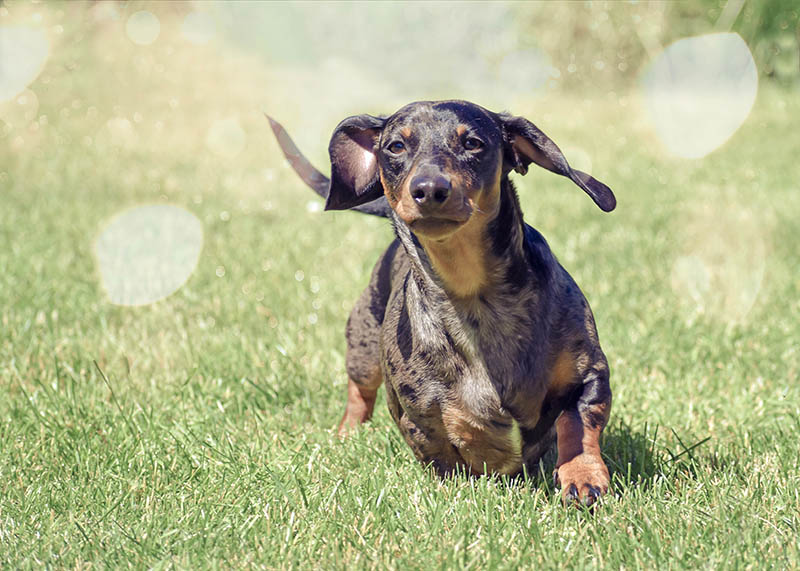
Training
While their intelligence gives them a knack for picking up tricks, the Dachshund can be difficult to train due to their willful nature. The breed is naturally sensitive, and you should use positive reinforcement and short, fun training sessions when working with these dogs.
You’ll also need to ensure that your Dachshund puppy is properly socialized, especially with other dogs and pets. Their prey drive often leads them to chase smaller animals, and their hunting instincts may lead to injury to other pets. However, Dachshunds often get along well with other dogs and can learn to get along with cats if they’re raised together.
Health & Care
The Dachshund is easily recognized by their sausage-like body shape. However, their long back is also one of their biggest flaws and makes them susceptible to back injuries, especially bulging or slipped discs in their spine. If left untreated, it can lead to paralysis.
This isn’t the only health problem that can affect the Dachshund, though, as the breed is also susceptible to the following conditions:
- Intervertebral disc disease
- Epilepsy
- Ear infections
- Dental disease
- Deafness
- Bloat
- Luxating patella
- Obesity
- Eye problems
Suitable For:
Many first-time dog owners and families with older children get along well with the Dachshund. However, inexperienced dog owners might have difficulty when it comes to training them. Their stubbornness can make it a challenge to convince these dogs to listen, and they can be wary around strangers if not socialized properly.
However, the breed makes for an excellent companion, and they’re happy to play and spend time with their family members. Their natural wariness around strangers makes them good watchdogs too.
- Friendly toward children
- Long-lived
- Miniature and Standard varieties
- Susceptible to back injuries
- High prey drive
- Can be difficult to train

Basset Hound Overview
The Basset Hound started life as an accidental dwarf hound. Their short stature and long body, along with their skill in hunting rabbits through dense forests, quickly made them favorites among the French aristocracy as hunting companions. The breed became popular in the lower classes after the French Revolution, when peasants wanted hounds that they didn’t need horses to keep up with.
Although the Basset Hound was introduced to the U.S.A. in the early 20th century, they didn’t grow in popularity until the 1960s. Their influence in pop culture at the time — in ads for Hush Puppy shoes and the Fred Basset comic — brought them into the public eye, where they’ve stayed ever since.
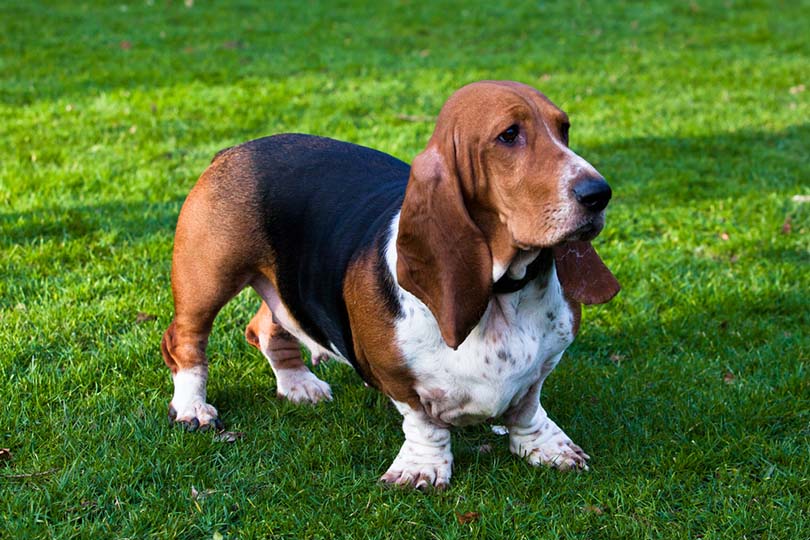
Temperament
The Basset Hound has a similar temperament to the Dachshund, with the same independent stubbornness. However, they’re also more laidback than the smaller dog and are much more likely to get along with strangers, children, and other animals. They’re an even-tempered breed that is often vocal and an excellent watchdog.
As social dogs that were originally intended to hunt in packs, the Basset Hound dislikes being alone. They’re happiest surrounded by their family members and other dogs.
Exercise
Although they’re bigger than the Dachshund, the Basset Hound isn’t as energetic. Their low energy levels and willingness to laze about don’t mean you should skip out on regular exercise, though. They need around 30–60 minutes of exercise a day in the form of walks and play sessions. You can also keep their minds and noses active by hiding treats around the house or in puzzle toys and letting your dog sniff them out.

Training
Hound breeds are renowned for their stubborn streak, and the Basset Hound is no exception. While it serves them well when they’re pursuing prey during a hunt, it can make obedience training a challenge. The breed is generally food oriented, and positive reinforcement in the form of treats is often the best way to encourage these dogs to listen.
Health & Care
Despite their small size, the Basset Hound is a high-maintenance breed when it comes to their healthcare. They’re prone to skin, eye, and ear problems and need to be groomed regularly to prevent infections. Their short stature also makes them susceptible to joint issues, which should be diagnosed quickly and properly managed to ensure that your Basset Hound is as healthy as possible.
- Skin and eye problems
- Hip and elbow dysplasia
- Carpal valgus
- Patellar luxation
- Glaucoma
- Arthritis
Suitable For:
Although the Basset Hound can be just as independent and stubborn as the Dachshund, they’re generally more laidback and much less active. The breed suits quieter families who spend a great deal of time at home. Basset Hounds don’t like to be left on their own for too long.
They do well in homes with multiple dogs and children, as they’re usually more affectionate with both, especially when they’re properly socialized. However, they can be noisy and are messier than Dachshunds due to their tendency to drool.
- Friendly toward family and strangers
- Eager to please and even-tempered
- Gentle with children and other pets
- Drools frequently
- Shed more than Dachshunds
- Can be stubborn

Which Breed Is Right for You?

The Dachshund and the Basset Hound are both keen trackers with low statures, short legs, and droopy ears. They have similar stubborn streaks and high prey drives, which can make them difficult to train and keen to chase smaller animals.
Both breeds suit similar types of families, which can make choosing between them difficult. However, there are a few key differences to keep in mind when you make your final decision.
Overall, the Dachshund is generally cleaner and less smelly than the Basset Hound because they don’t drool and are less prone to developing skin conditions. They are the more active of the two breeds, though, and require more exercise to manage their energy levels. The Dachshund is also much warier around strangers.
In comparison, the Basset Hound tends to drool and often smells, but they’re the friendlier and more sedate breed of the two. They’ll get along the best with children and other pets, and they don’t require nearly as much exercise as the Dachshund, although they love to play.
The final choice comes down to personal preference and your lifestyle. Neither breed likes to be left alone for long, and they prefer to have their family around them at all times.
See also:
- Basset Hound vs Bloodhound: Notable Differences (With Pictures)
- Bloodhound vs Coonhound: The Differences (With Pictures)
Featured Image Credit: (L) Melissa, Pixabay | (R) Daniel Albany, Pixabay



